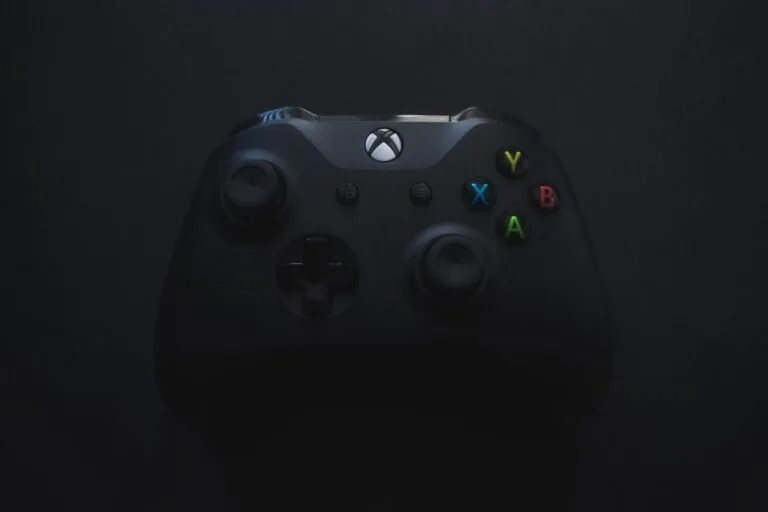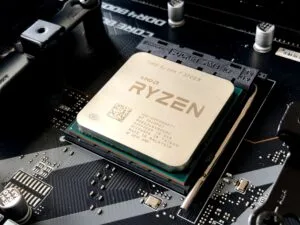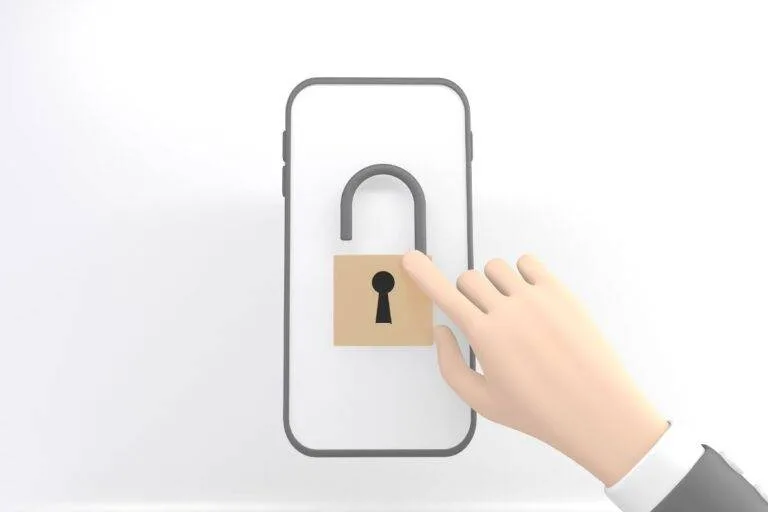Do you feel that your Mac is slow to wake up from sleep mode? Instead of seeing the login screen right away, do you have to stare at the black screen before it disappears? If yes, you must be looking for a solution to get rid of your MacBook wake issues.
When your MacBook Pro slow to wake and you feel that it’s affecting your productivity levels, you can try a few things. Usually, the problem occurs when you update macOS to Monterey. So, let’s learn the solutions to fix MacBook wake issues.
In this article, we will discuss seven easy solutions that enable you to fix the wake-up cycle issues on your MacBook Pro.
Check Screen Brightness
Before you move on to a more advanced workaround that might involve tweaking various settings, check the screen brightness. If the brightness is set to a minimum, you won’t be able to view anything on the screen.
If you’re using an external display, make sure it is plugged into the right power outlet and is switched on. Pressing down the F1 key will decrease the brightness while the F2 key will increase it, making your display clear to read properly.
Restart Your MacBook
Sometimes, restarting the device helps fix many issues, and the MacBook Pro slow to wake problem is one among them. To restart your MacBook, you need to go to the Apple menu and then press Restart. This simple process works only when the MacBook is working properly.
Since your MacBook Pro is displaying wake-up issues, you need to use an alternate way to restart. Press and hold down the Power button on the keyboard and wait for the device to shut off. Then, press the Power button to restart your Mac.
Reinstall macOS

The MacBook wake-up problem might have started after you upgrade the operating system to Monterey or the latest macOS Big Sur. In that case, try to roll back to the previous version and check if it helps fix the issue. After that, reinstall the macOS.
Make sure to have a backup of your data so that you can restore important files in case anything gets deleted during the process. To reinstall macOS, go to System Preferences, click Startup Disk, tap Reinstall Mac OS X, click Continue twice, and then press Agree.
Reset SMC and NVRAM
SMC (System Management Controller) allows you to fix display and power management-related issues on macOS. Resetting the SMC can help fix slow wake-up problems on MacBook Pro. The process is simple and will only take a few minutes.
On the other hand, NVRAM is a hardware component on the logic board. It stores configurations and settings for other hardware components of your MacBook. When you reset NVRAM, it fixes any issues that cause performance issues.
Get Rid of Mac Junk
When anything unusual happens on your Mac, the system cache or junk files might be at fault. Not only are the unnecessary files responsible for Mac’s abnormal wake-up glitch, but also for the slow performance. You need to speed up your computer.
Clearing the cache and deleting junk can help fix the issue. Take note of the unnecessary apps and outdated programs and delete them right away to speed up your Mac. You can learn more on this topic to improve the device’s overall performance. A video below should be quite useful for that:
Disable System Hibernation
macOS hibernation mode enables preventing the loss of data during power issues. Turning off hibernation will not impact your MacBook’s functioning or performance in any way. However, it might help fix the problem that you are currently experiencing.
To turn off hibernation, open the Terminal window and type in “sudo pmset standby O” and “sudo pmset autopoweroff O”. These commands will disable the hardware component responsible for hibernation. To revert the settings, repeat the command and replace O with T.
Reset FileVault on Mac

In an attempt to wake up, your MacBook Pro might have crashed due to the conflict that has been caused during hibernation affecting the full-disk encryption protocol. Any kind of intervention with FileVault prevents the loading of hibernation files leading to the persisting issue.
To improve the MacBook Pro wake-up timings, try to disable the full-disk encryption protocol. Check if the MacBook Pro is working properly and if the device wakes up speedily. If everything is working fine, re-enable FileVault on the Mac hard drive (if required).
Conclusion
The Sleep and Wake activities on MacBook Pro are regulated by app functioning, connected devices, network settings, user settings, and more. These fixes will help troubleshoot the Mac that won’t wake up or takes time to wake up from sleep mode.
When you notice uncertain wake-up behavior, the first thing that you should do is check the recent settings or upgrades. Any latest development might be causing the issue, and rolling back the same can be the quick and possible solution.




























